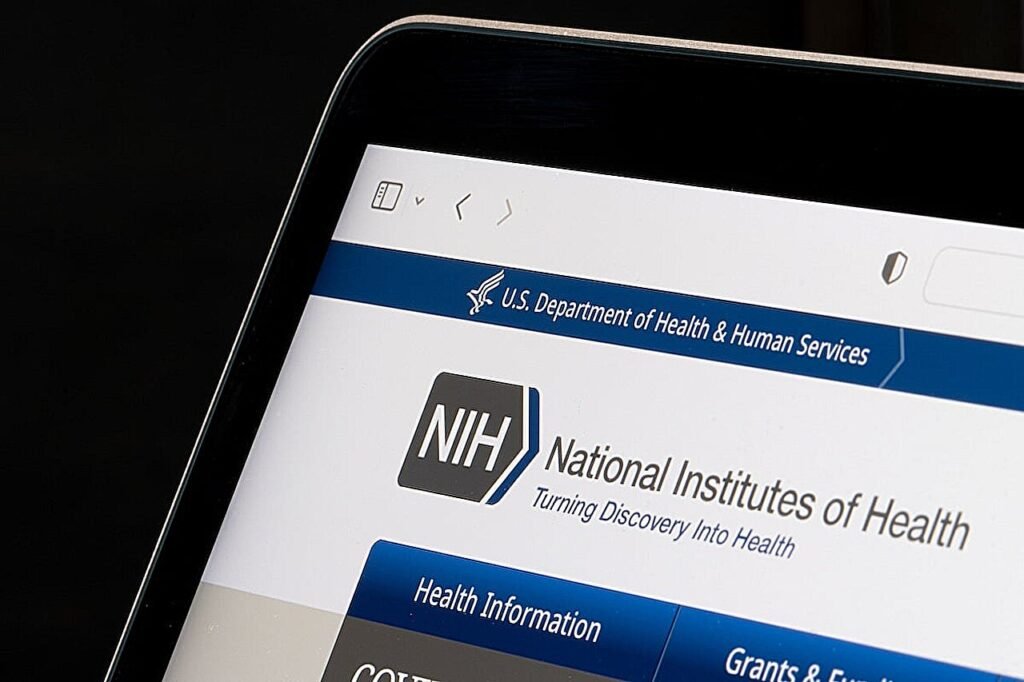A federal judge recently issued a temporary injunction preventing the National Institutes of Health (NIH) from implementing significant cuts to medical research funding, which were ordered by the Trump administration. The proposed cuts would have impacted hospitals, universities, and research labs nationwide. The funding caps for indirect research costs, such as lab security and administrative support, were set to be reduced from the current average of 27-28% to 15%.
The decision to halt the funding cuts came after 22 states filed a lawsuit to block the implementation of the cuts. States like California, New York, North Carolina, and Massachusetts, which are among the top recipients of NIH grants, were included in the lawsuit. The ruling by U.S. District Judge Angel Kelley puts a pause on the funding cuts, with a hearing scheduled for February 21 to further address the issue.
The proposed cuts, estimated to save $4 billion annually by the NIH, were met with criticism from various stakeholders, including the Association of American Medical Colleges. They warned that the reduction in funding would disrupt critical research on diseases like cancer, heart disease, and diabetes. Lawmakers from both parties have also voiced opposition to the cuts, highlighting the importance of indirect cost funding for sustaining research activities.
Senator Susan Collins, a Republican from Maine, expressed her opposition to the cuts and suggested that Robert F. Kennedy Jr., Trump’s nominee for health secretary, may reconsider the initiative if confirmed. The Senate is expected to vote on Kennedy’s nomination soon. While this is not the first time that the idea of cutting indirect cost funding has been proposed, previous attempts to cap these expenses at 10% were blocked by Congress.
The Children’s Hospital Association, representing over 200 hospitals nationwide, called on lawmakers to prevent unilateral changes in the established processes for determining indirect rates. The association emphasized that reducing the indirect cost rate could hinder the ability of children’s hospitals to develop groundbreaking cures for pediatric patients.
Critics of the proposed cuts argued that they would disrupt an established system for managing research grants, which includes rigorous oversight and accountability measures. By imposing a flat cap on indirect costs, the Trump administration’s proposal disregards the efforts made by health authorities to establish current funding rates.
In conclusion, the temporary injunction on NIH funding cuts serves as a pivotal moment in the ongoing debate over medical research funding. The outcome of the upcoming hearing on the matter will likely have significant implications for the future of research funding in the United States. It is essential for policymakers to consider the impact of funding cuts on critical research efforts and ensure that adequate support is provided to sustain medical advancements.


